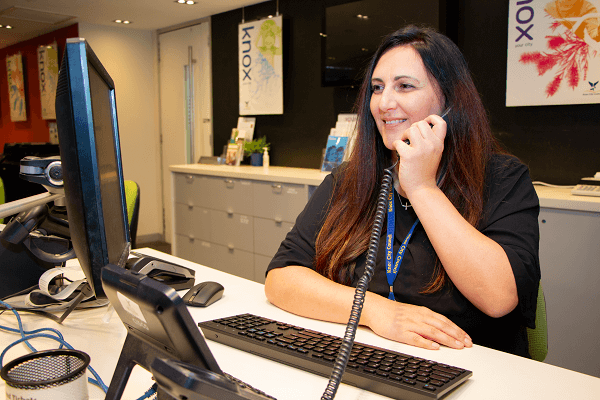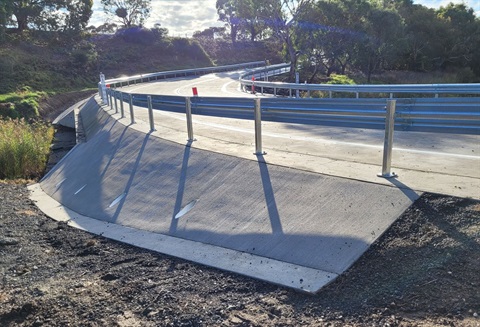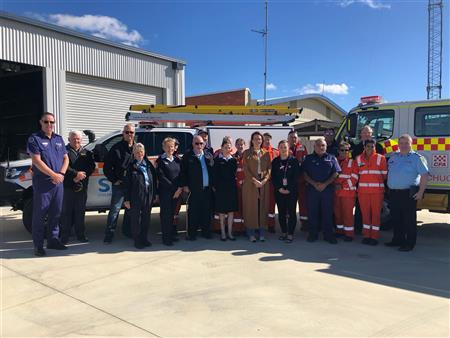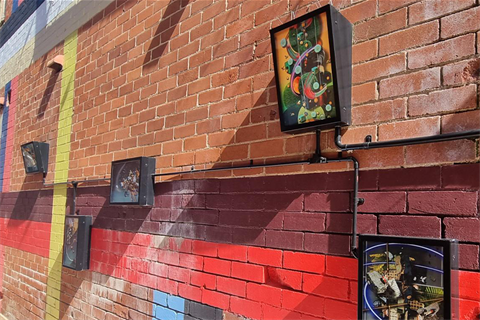New research, commissioned by the Oral Health Advisory Panel (OHAP), has revealed some worrying insights into Australians’ oral health habits, many valuing appearance over the health of their teeth and parents being unaware of the guidelines when it comes to the oral health of their children.
76% of parents are unaware of when they should take their baby to see a dentist, 77% of parents are mistakenly allowing their young children to brush their own teeth much too early, and a staggering 92% of Australian adults are unaware of what the early stages of tooth decay look like.
These are just some of the alarming results revealed in the OHAP Oral Health Care Study 2019[1], an annual survey that looks at the oral health of Australians. Another area of great concern was that around one third of Australian adults place the visual appearance of their teeth and having fresh breath above having healthy gums and cavity-free teeth.
Christine Morris, a public health advocate and founding member of the Oral Health Advisory Panel, was shocked at the survey findings, saying, “It is very disappointing to discover that Australians are not getting the message about oral health. People are valuing appearance over the health of their teeth and are unaware of the guidelines when it comes to the oral health of their children.”
Ms Morris was particularly concerned that so many parents are mistakenly allowing their young children to brush their teeth unsupervised, saying, “Children under the age of eight years do not have the manual dexterity required to brush their teeth effectively. It is vitally important that parents assist their children until they are at least eight years old, to help prevent decay and a lifetime of potential future health problems.”
The survey also revealed that parents are unaware of the recommendations that a baby should visit the dentist as soon as their first tooth arrives, or by the age of one year if teeth are yet to erupt.
“We know that prevention is the key when it comes to oral health,” continues Ms Morris, “and that needs to start very early. Having an effective oral hygiene routine in place, and modelling that behaviour to your children, can protect you and your family from a host of other potential health conditions down the track, such as heart disease or diabetes.”
Ms Morris believes that further community education is crucial, with oral health professionals playing a key role.
“Seeing a little white patch on your tooth can be an indication of early decay, and yet only 8% of those surveyed knew what to look out for. Oral health professionals are encouraged to educate their patients on these signs and symptoms so that people can identify issues early on. The earlier a problem is identified, the more chance we have of fixing it,” said Ms Morris.
Key Findings of the OHAP Oral Health Care Study, 2019 :
Life stage: Babies and young children
· 76% of parents are unaware of the recommendations of oral health professionals which states that they should take their baby for their first dentist trip when their first tooth arrives, or before they turn one, whichever comes first
· 62% of parents wait until their child has at least half their baby teeth before seeing a dentist, which includes 33% who wait until the child has all their baby teeth
Life stage: Child Oral Health (5-14 years)
· 77% of parents are mistakenly allowing their children under eight years of age to brush their teeth unsupervised
Life stage: Adult Oral Health
· 92% of Australian adults are unaware that white patches on a tooth’s surface can indicate the early signs of tooth decay
· 88% of Australian adults do not realise the importance of looking after soft tissues in the mouth (i.e. gums and tongue)
· One third of adult respondents place the visual appearance of their teeth and having fresh breath above having healthy gums and cavity-free teeth.








